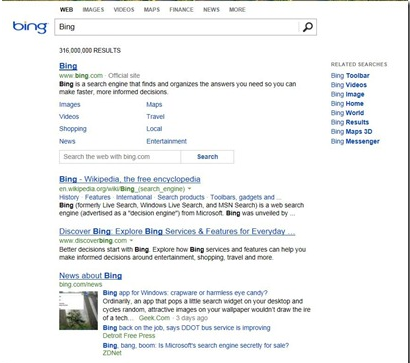The World Wide Web is buzzing with ideas and advice to rise back again after being pecked by the Penguin. Webmasters are contemplating on ways to beat the Penguin and we have been discussing for ways of Penguin recovery too.
More than two weeks after the Penguin update (targeted at ‘unnatural links’), it is believed that the top way to stay ahead is to indulge in smart and somewhat technical link building. Nearly 70% of Webmasters have been hit by the Penguin as the links they had built over the years are now pulling them down.
 But you can move ahead after the Penguin too. Here are the Post Penguin link building practices we suggest:
But you can move ahead after the Penguin too. Here are the Post Penguin link building practices we suggest:1) Check if domain is cached in Google. Google “cache:domain.com” to see the date of the last crawl and cache.
2) Check the websites the domain is linking out to. If it is linking to an overwhelming number, then the link is not juicy enough for you. Also, it is important to see the types of site they are linking to. If they link to relevant and quality sites, then you are good to go.
3) Check the site’s ranking in Google. What does it rank in Google for? You can use tools to check the domain’s ranking history too. The idea is to go ahead only if the site has a decent position in Google, and ranks for a high number of keywords.
4) Check the rankings of the site linked with the domain. If you plan to link with the domain, you need to know how the websites with outgoing links rank. This is an important quality check of the link that you must see.
5) Check the content of the domain. You have to get links from quality sites with relevant, quality content. So you must do a random check of 2 or 3 articles for duplicity and quality writing. You do not want links from poor quality- keyword stuffed content. The Penguin hates that. You can check for duplicate content by using Copyscape and Google.
6) Check if the site falls among dropped domains. Before approaching a site, check for “domain.com + expired” and see the results if the domain is expired. There are link builders who snatch these domains and start their paid links business. Do not go ahead with such a domain.
7) Check the location of the links. You must look for links passed from the content and not footer or sitewide links. The Penguin may penalize you for this. So, stick to domains with links from within the content.
These are some of the link building practices that can save you from showing up in the Penguin’s radar.

